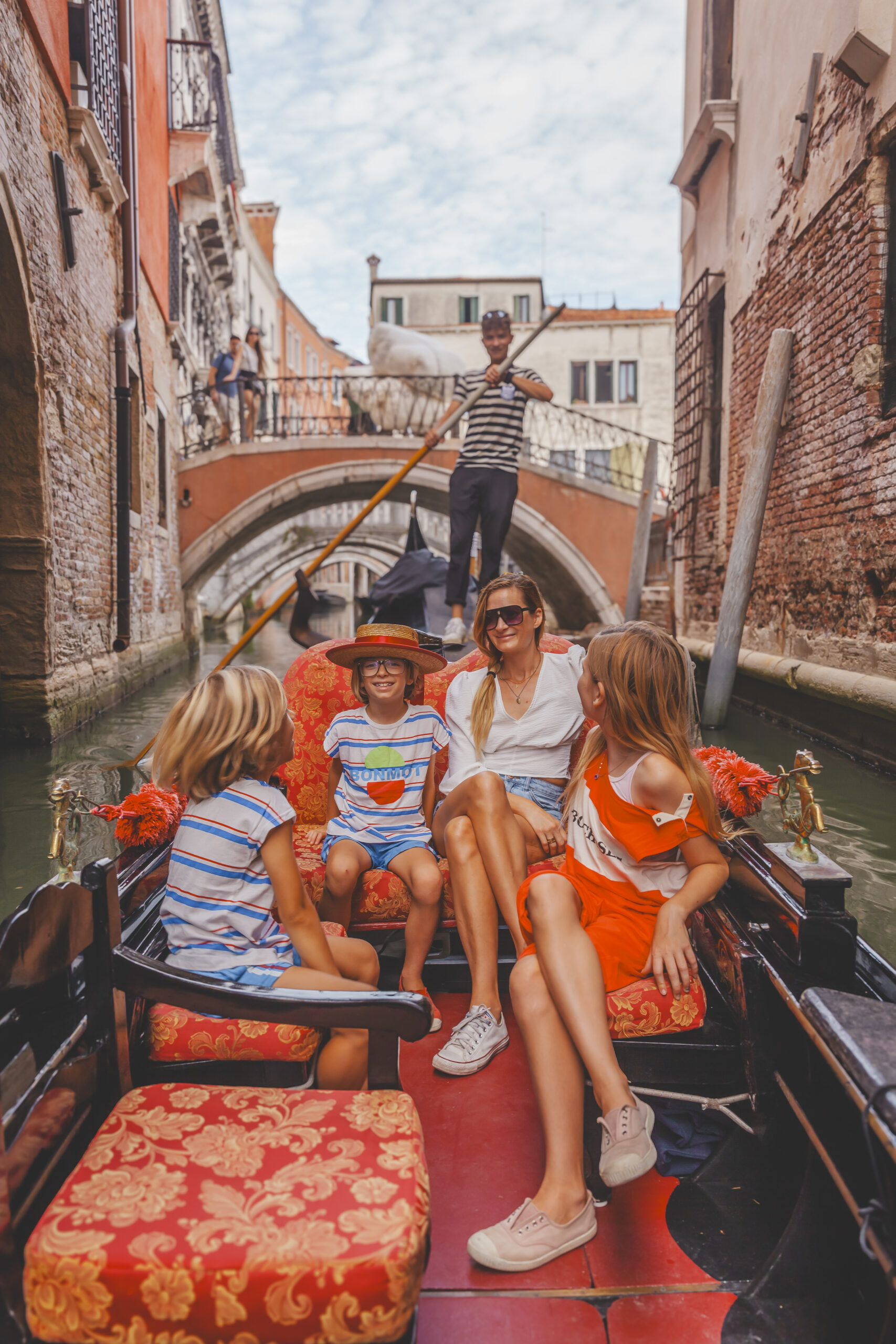Why Spain is a great place for kids
Choosing the city that's right for you
Choosing the visa that's right for you
More than just great weather
Why Spain provides a better quality of life

How we Plan
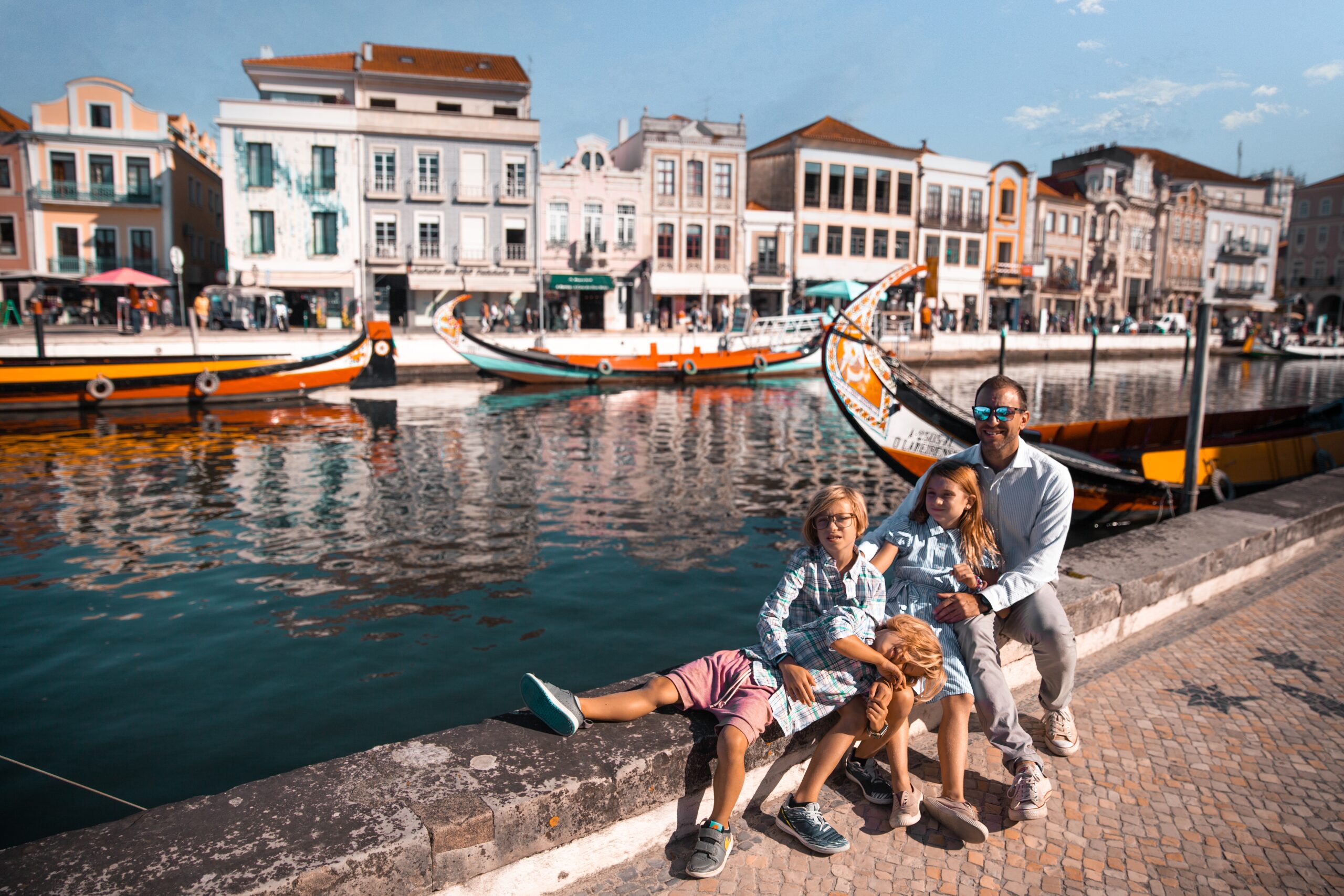
What we pack
Choosing Travel Insurance
Book Your Hotel
with Booking.com
Book Your Car
with RentalCars.com
Book Your Flight
with Skyscanner.com
Book Your Tour
with GetYourGuide.com

Our Camera Gear

How We Fly
Choosing Your Destination
The Best of Italy...
northern sardinia
Top Five restaurantS in northern sardinia
Nestled in the heart of Arzachena, Ristorante La Colti offers a quintessential Sardinian dining experience. Known for its farm-to-table approach, the restaurant serves traditional dishes made from locally sourced ingredients. Guests can enjoy a cozy atmosphere and a menu that changes with the seasons.
Located in Cannigione, Il Portico is famous for its seafood delicacies. The restaurant prides itself on fresh, high-quality ingredients and a menu that features both classic and innovative dishes. The charming outdoor seating area provides a perfect setting for a leisurely meal.
Overlooking the stunning coast of Baia Sardinia, Ristorante La Gritta offers breathtaking views along with its gourmet cuisine. Specializing in seafood, the restaurant combines traditional Sardinian flavors with contemporary culinary techniques, making it a must-visit for food enthusiasts.
Situated in Luogosanto, Agriturismo La Kustera provides an authentic rural dining experience. The menu is based on traditional recipes handed down through generations, featuring homemade pasta, meats, and local vegetables. The rustic setting adds to the charm of this unique restaurant.
Located in Palau, Ristorante Bal Harbour offers a fusion of Mediterranean and Sardinian cuisine. Known for its stylish decor and stunning marina views, the restaurant is a popular choice for both casual diners and special occasions. The extensive wine list complements the diverse menu.
Top Five hotels in northern sardinia
Situated in Porto Cervo, this luxury resort offers elegant rooms with beautiful views of the marina. Guests can enjoy top-notch amenities, including a private beach, spa services, and multiple dining options. The hotel’s central location makes it ideal for exploring the vibrant nightlife and exclusive shops.
Located in Porto Cervo, Colonna Resort boasts expansive grounds with lush gardens, multiple swimming pools, and direct access to a private beach. The rooms are spacious and elegantly decorated, offering a serene retreat. The resort’s restaurants serve a variety of gourmet dishes, ensuring a memorable stay.
Perched on a private promontory in Alghero, Villa Las Tronas combines historic charm with modern luxury. The hotel features a spa, indoor and outdoor pools, and stunning sea views. Each room is uniquely decorated, offering a blend of antique and contemporary furnishings.
Nestled in Porto Cervo, Hotel Cala di Volpe is renowned for its exclusive setting and exceptional service. The hotel offers luxurious accommodations, a private beach, and an array of recreational activities. Guests can indulge in fine dining and enjoy breathtaking views of the bay.
Located in San Pantaleo, Petra Segreta Resort & Spa is a tranquil haven surrounded by nature. The resort features elegant rooms with private terraces, a world-class spa, and a gourmet restaurant. The stunning views and peaceful ambiance make it perfect for a relaxing getaway.
southern sardinia
Top Five restaurantS in southern sardinia
Su Gologone Restaurant offers an authentic Sardinian dining experience with its rustic ambiance and traditional dishes. Nestled in the heart of the island, this restaurant is renowned for its homemade pasta, suckling pig, and delightful local wines. The picturesque setting and impeccable service make it a must-visit for food lovers.
Located in Cagliari, Ristorante Dal Corsaro is a Michelin-starred establishment known for its innovative Mediterranean cuisine. Chef Stefano Deidda combines local ingredients with modern techniques, creating dishes that are both visually stunning and delicious. The elegant atmosphere and excellent wine selection add to the dining experience.
Situated on the southern coast, Ristorante Il Corsaro offers breathtaking sea views and a menu filled with fresh seafood delights. Known for its friendly service and relaxed vibe, it’s the perfect spot for enjoying dishes like grilled fish, octopus salad, and Sardinian desserts while watching the sunset.
In the heart of Cagliari, I Sarti Del Gusto is famed for its farm-to-table philosophy. The menu features seasonal ingredients sourced from local farms, offering dishes that celebrate Sardinian flavors with a contemporary twist. The intimate setting and personalized service enhance the dining experience.
Located in Portoscuso, La Ghinghetta offers a unique blend of traditional and modern cuisine. With a focus on seafood, the menu includes dishes like lobster risotto and tuna tartare. The restaurant’s elegant décor and stunning sea views create a memorable dining atmosphere.
Top Five hotels in southern sardinia
This luxurious family-friendly resort in Villasimius boasts a private beach, multiple pools, and extensive wellness facilities. The stylish rooms and suites offer stunning views of the Mediterranean, and the on-site restaurants serve delicious local and international cuisine.
Nestled amidst lush gardens in Santa Margherita di Pula, Hotel Costa dei Fiori is a tranquil retreat with a beautiful infinity pool overlooking the sea. The elegant rooms, attentive service, and proximity to stunning beaches make it a perfect getaway.
Blurb: Situated in Villasimius, this upscale resort offers direct access to a white sandy beach and a wide range of amenities, including a spa, tennis courts, and several dining options. The spacious rooms and scenic surroundings ensure a relaxing stay.
This charming boutique hotel in Villasimius is known for its serene atmosphere and Mediterranean charm. With direct beach access, beautifully landscaped gardens, and cozy rooms, Hotel Cala Caterina is ideal for a peaceful and romantic escape.
Located in Chia, this family-friendly resort features multiple pools, a private beach, and a variety of restaurants and bars. The vibrant village atmosphere and numerous activities for all ages make it a great choice for families and couples alike.
bordighera
Top Five restaurants in bordighera
La Veranda offers an elegant dining experience with a panoramic view of the sea. The menu features a mix of traditional Ligurian dishes and modern Italian cuisine, prepared with the freshest local ingredients. Their seafood platter is a must-try.
Known for its cozy atmosphere and friendly service, Amadora Ristorante specializes in homemade pasta and seafood dishes. The restaurant prides itself on using locally sourced ingredients and offers an extensive wine list.
Magiargè offers a charming dining experience with a beautiful garden terrace. The menu is seasonal, focusing on Mediterranean cuisine with a contemporary twist. Their octopus salad and tiramisu are highly recommended.
This seaside restaurant offers stunning views and a delightful menu featuring seafood and classic Italian dishes. L’Ancora della Tortuga is perfect for a romantic dinner or a special occasion.
For a more casual dining experience, Pizzeria Il Cappero is the place to go. Known for its delicious wood-fired pizzas and friendly service, this pizzeria also offers a variety of Italian favorites and a relaxed atmosphere.
Top Five hotels in bordighera
Nestled along the serene coast of Bordighera, Hotel Piccolo Lido offers guests charming seaside views and comfortable accommodations. With its cozy ambiance and proximity to the beach, it’s an ideal retreat for a relaxing getaway. Guests can enjoy traditional Italian cuisine at the on-site restaurant, enhancing their Mediterranean experience.
Perched high above Bordighera, Attico Con Vista Mozzafiato boasts breathtaking panoramic views of the Ligurian Sea. This luxurious penthouse apartment provides a spacious and elegant setting, perfect for travelers seeking privacy and stunning vistas. It’s an excellent choice for those looking to immerse themselves in the natural beauty of the Italian Riviera.
Located in the heart of Bordighera, Hotel Parigi & Spa offers a blend of modern luxury and historic charm. The hotel features a full-service spa, providing a range of treatments to help guests unwind and rejuvenate. Its prime location and upscale amenities make it a top choice for a lavish escape.
The Grand Hotel Del Mare Resort & Spa is a prestigious destination that combines opulence with breathtaking sea views. Situated on the picturesque coastline, it offers a range of luxurious accommodations and world-class spa services. Guests can indulge in gourmet dining and relax in elegantly designed rooms, making it a perfect spot for a high-end vacation.
Casa Vacanza di Monica provides a charming and homely atmosphere for travelers seeking a tranquil stay in Bordighera. This vacation home offers comfortable, well-appointed accommodations, ideal for families or small groups. Its convenient location near local attractions makes it a perfect base for exploring the beautiful Ligurian coast.
cinque terre
Top Five restaurants in cinque terre
Located in Monterosso al Mare, Ristorante Miky is renowned for its exquisite seafood dishes and beautiful presentation. The family-run establishment combines traditional Ligurian recipes with modern culinary techniques, offering a memorable dining experience by the sea.
Nestled in the picturesque village of Manarola, Trattoria Dal Billy offers stunning views alongside its delectable seafood and homemade pasta dishes. The restaurant’s rustic charm and friendly atmosphere make it a favorite among both locals and tourists.
Perched on a cliff in Vernazza, Ristorante Belforte boasts panoramic views of the Mediterranean Sea. Specializing in fresh seafood, this historic restaurant has been delighting guests with its authentic flavors and spectacular setting since 1960.
Situated in Monterosso al Mare, L’Ancora della Tortuga is known for its romantic ambiance and delicious seafood dishes. The restaurant’s terrace offers breathtaking views, making it an ideal spot for a special evening out.
Located in Manarola, Il Porticciolo is famous for its fresh, locally sourced seafood and charming atmosphere. The cozy restaurant provides a warm and inviting dining experience, perfect for enjoying the flavors of the Ligurian coast. \
Top Five hotels in cinque terre
Hotel Residence Mondial in Moneglia offers comfortable accommodations with stunning views of the Ligurian Sea. The hotel features a variety of amenities including an outdoor pool and a wellness center, making it a perfect choice for relaxation.
Situated in Levanto, Hotel Al Terra Di Mare is designed to resemble a traditional Ligurian village. Guests can enjoy spacious rooms, a panoramic pool, and beautiful terraces overlooking the hills and sea.
Located in the charming town of Moneglia, Hotel Residence Paradiso offers modern accommodations just a short walk from the beach. The hotel is known for its friendly service and convenient location near local attractions.
Hotel Clelia in Deiva Marina provides a cozy and welcoming atmosphere with easy access to the beach. The hotel features a lovely garden, a pool, and a restaurant serving traditional Italian cuisine.
Nestled in the Ligurian hills near Levanto, Hotel Abetaia offers a peaceful retreat surrounded by nature. Guests can enjoy spacious rooms, a delightful garden, and a restaurant specializing in local dishes.
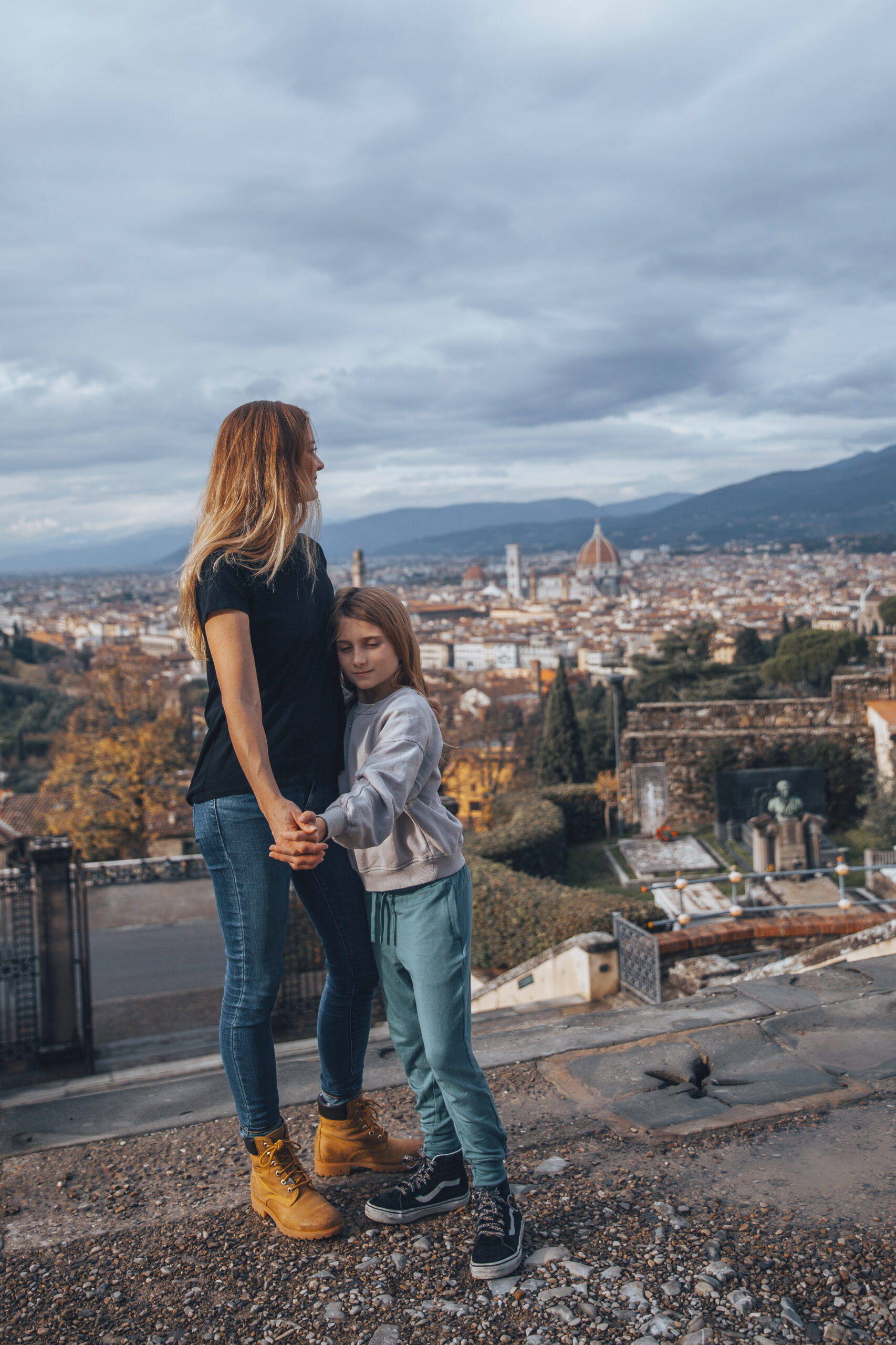
9 Best Things to do in Florence

9 Amazing Things to do in Southern Italy
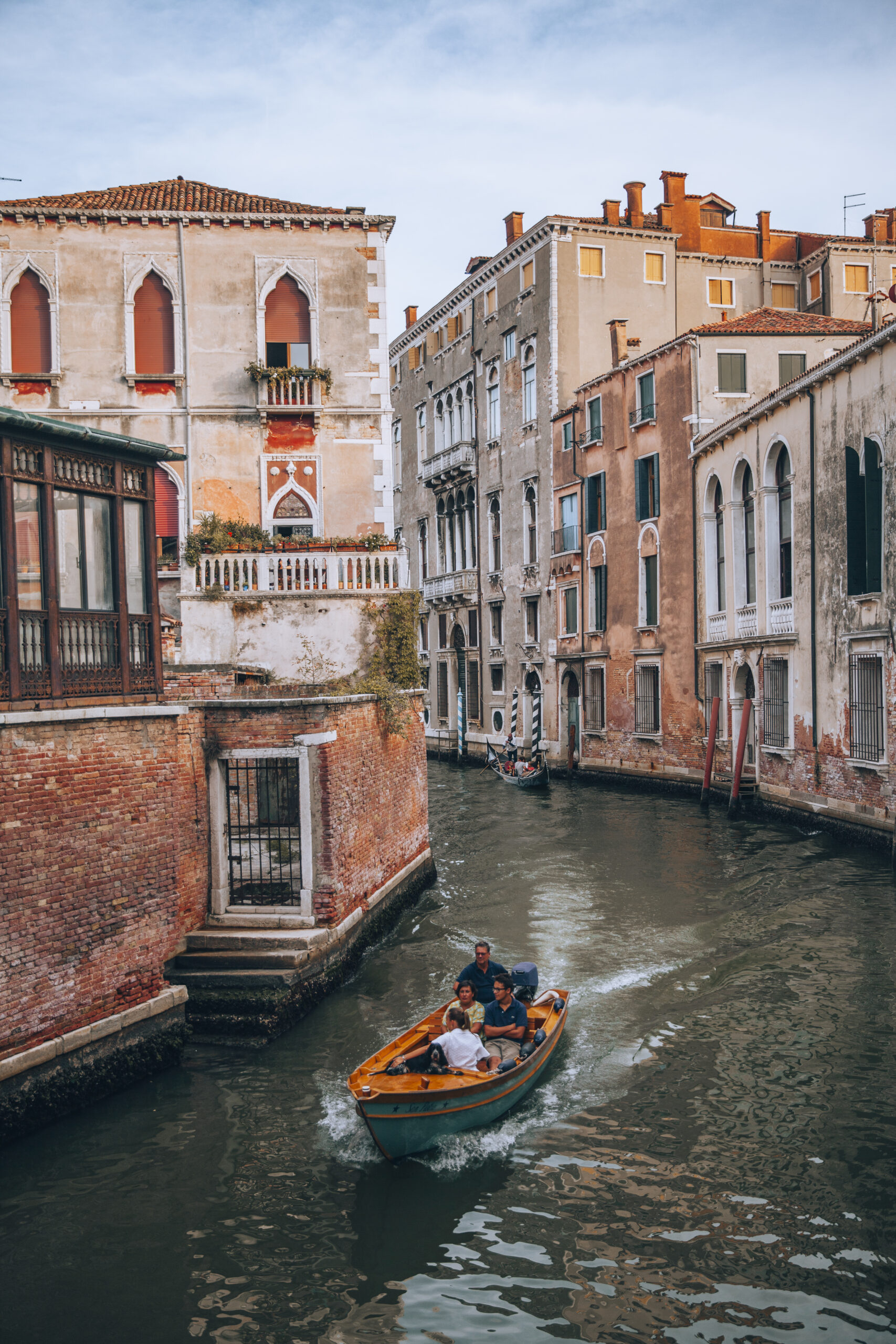
9 Best Things to do in Venice
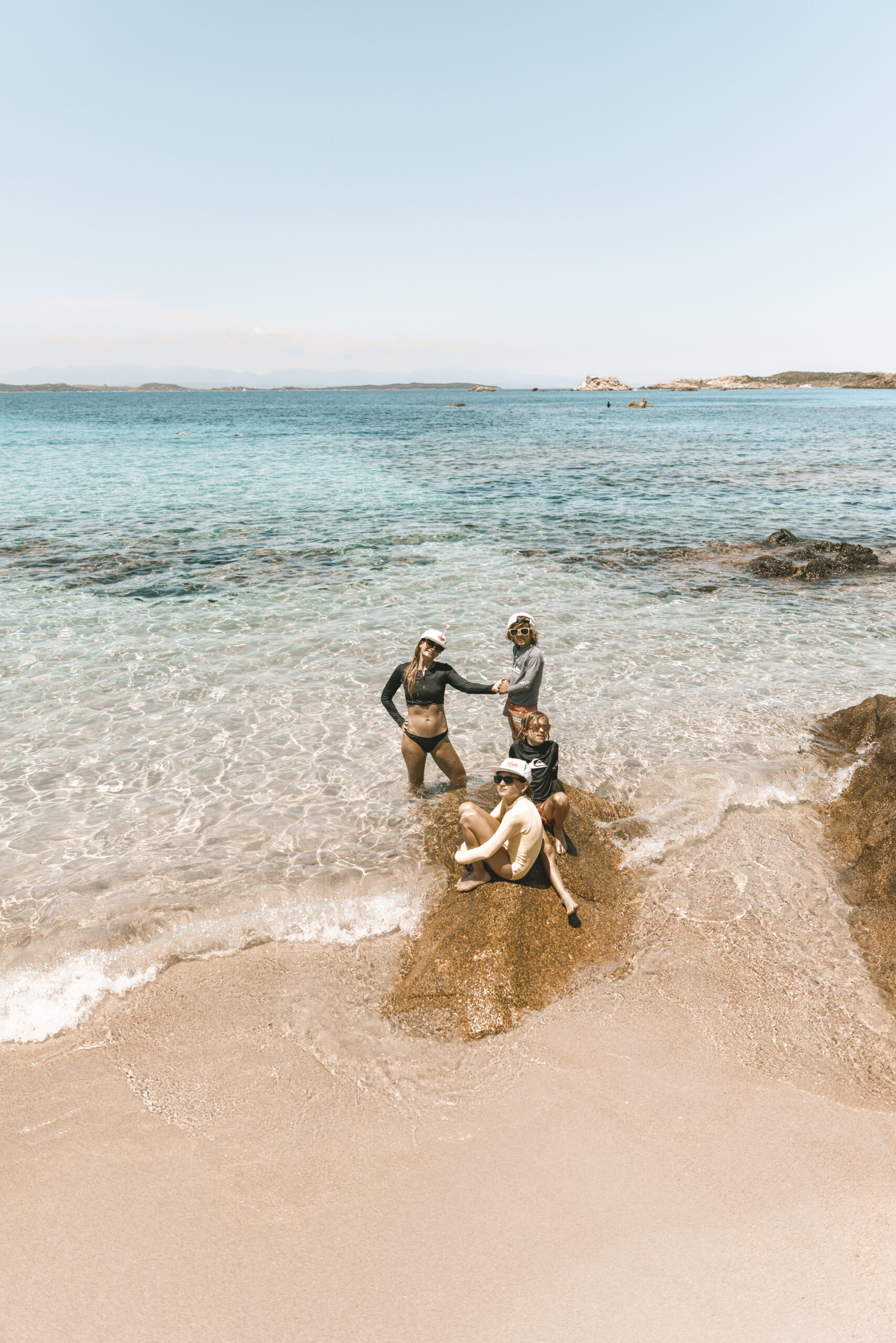
Guide to Visiting Sardinia
- One-Week Itinerary
- Two-Week Itinerary
- Three-Week Itinerary
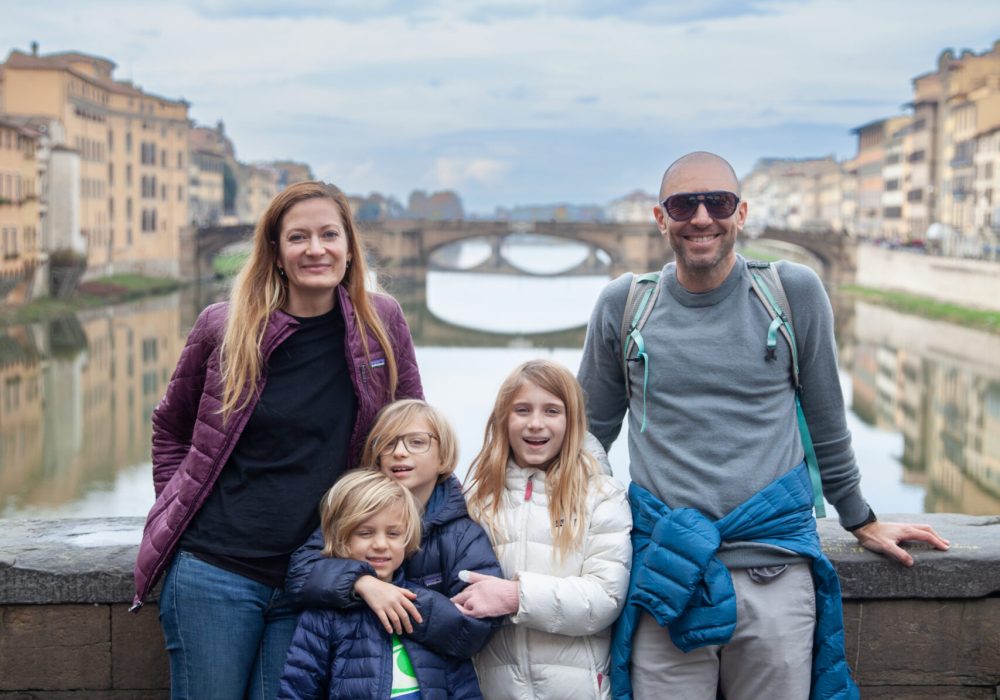

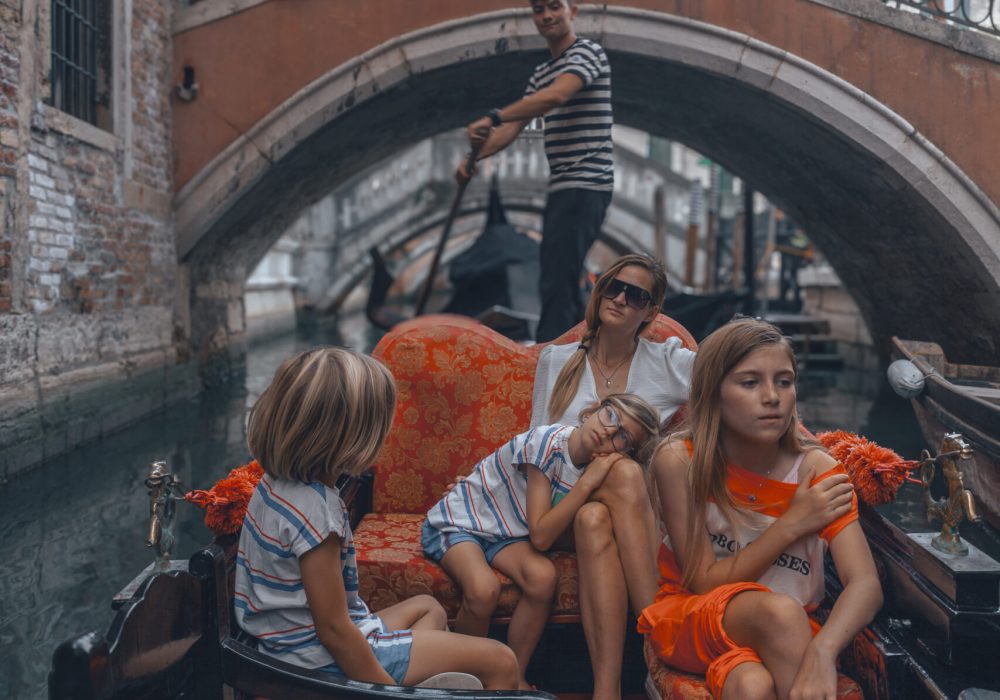
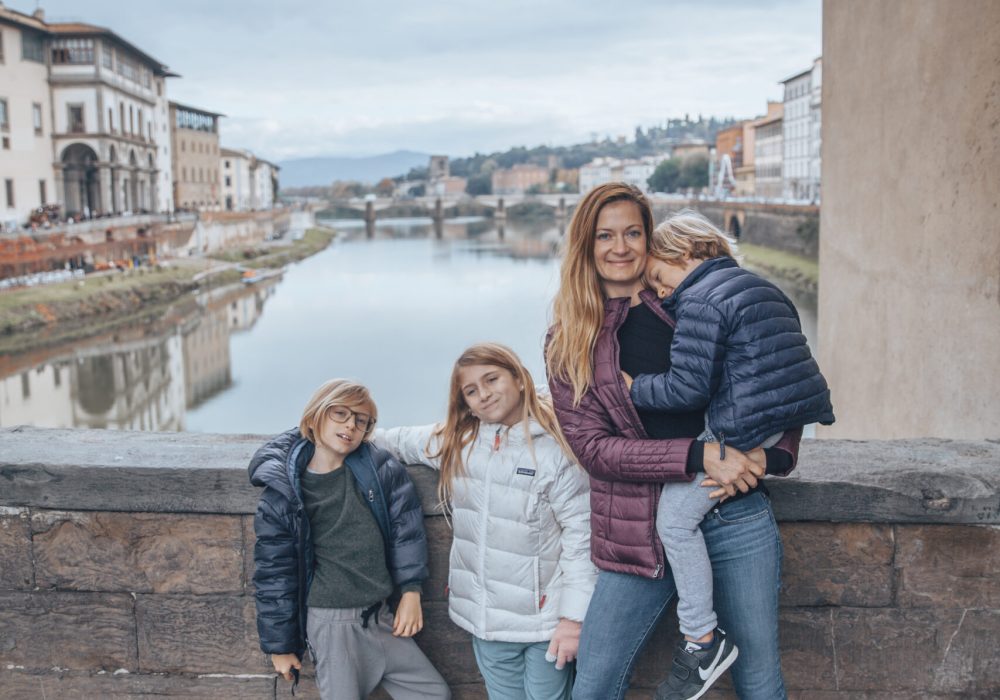
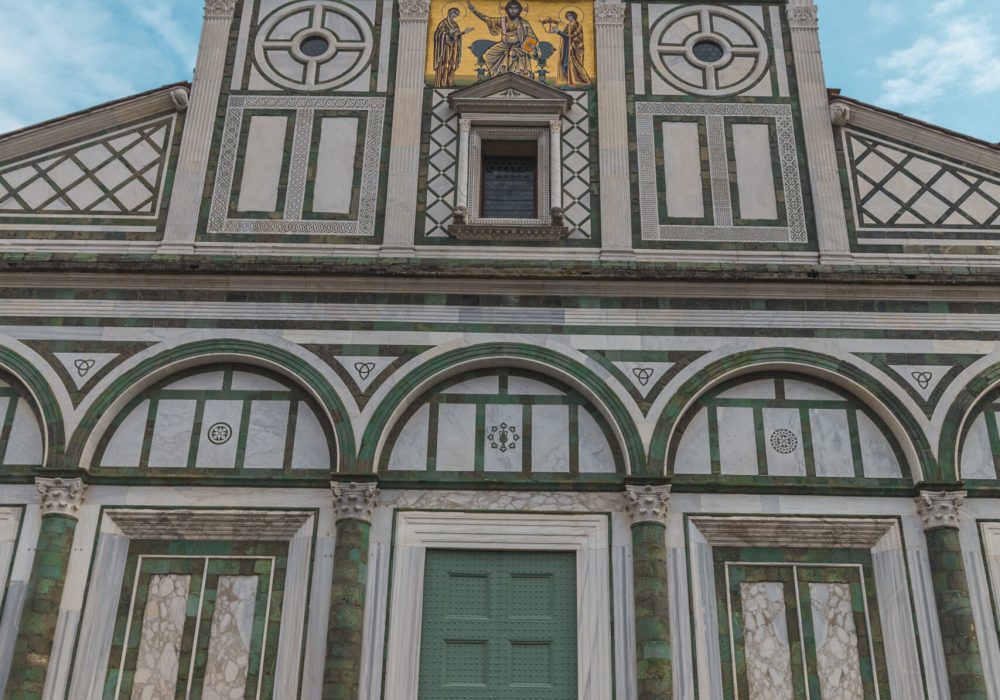
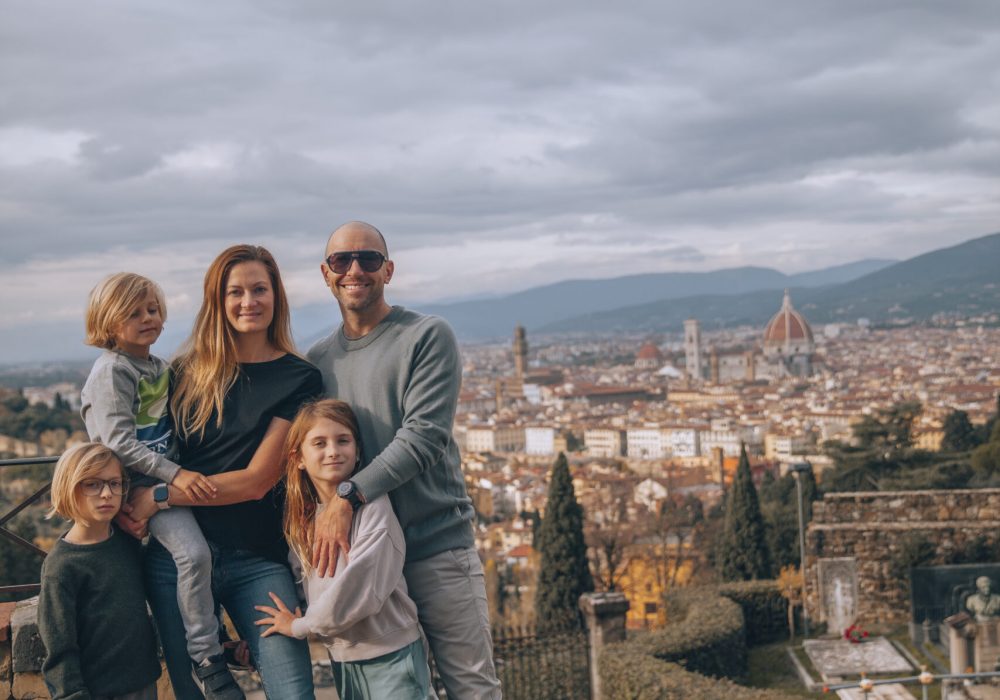
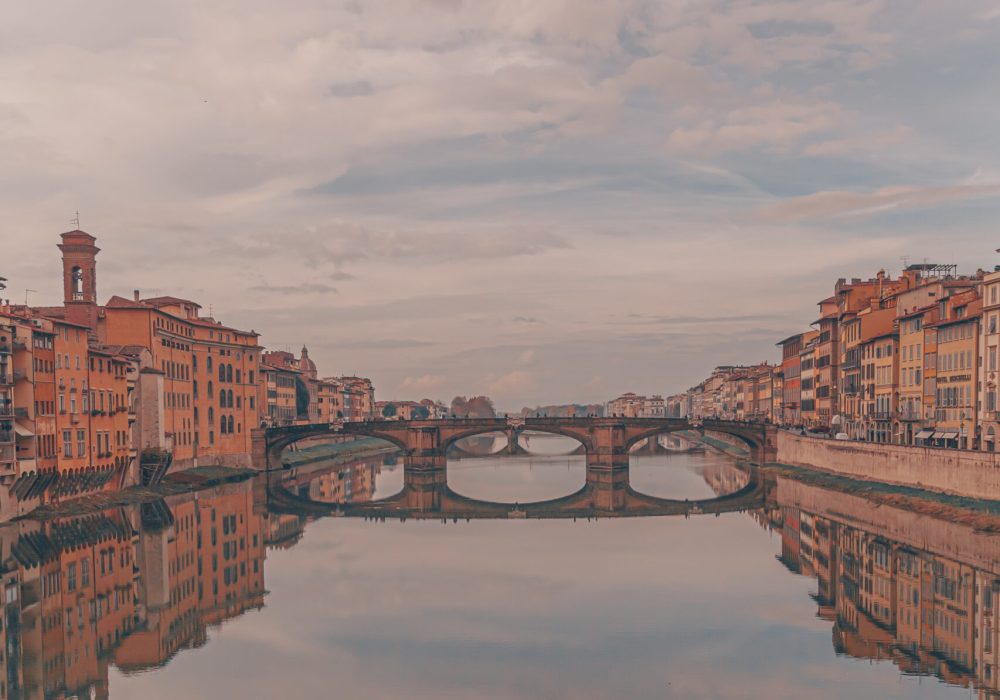

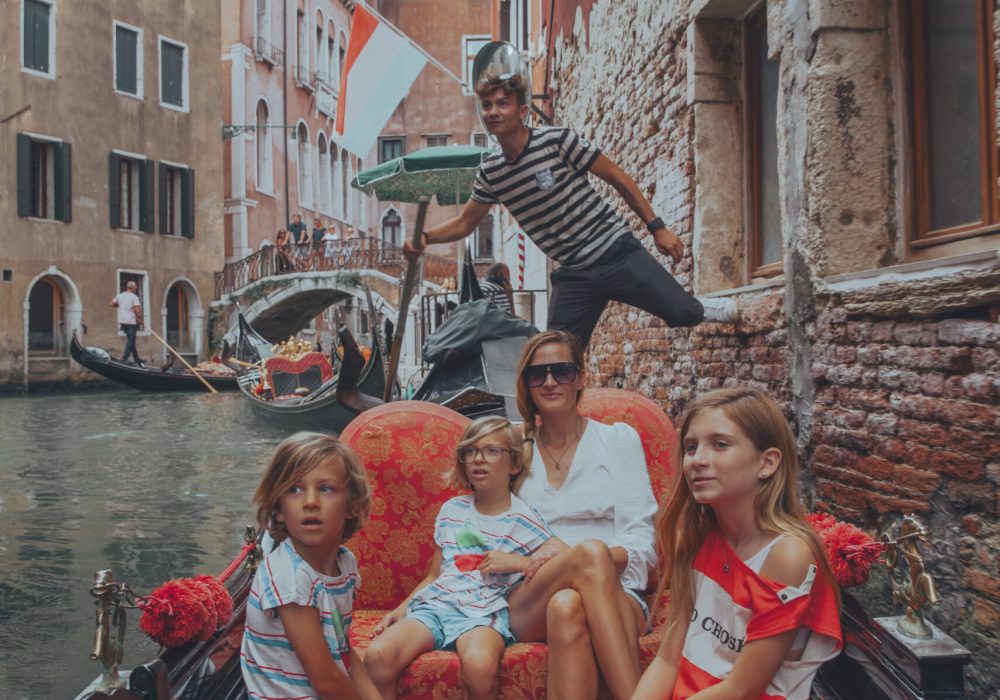
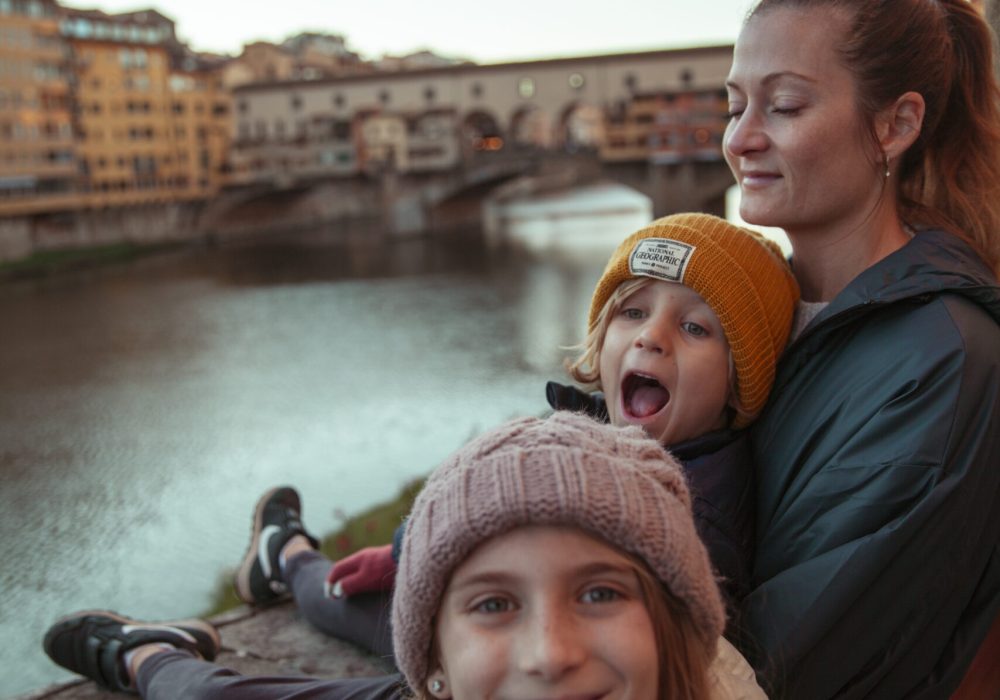
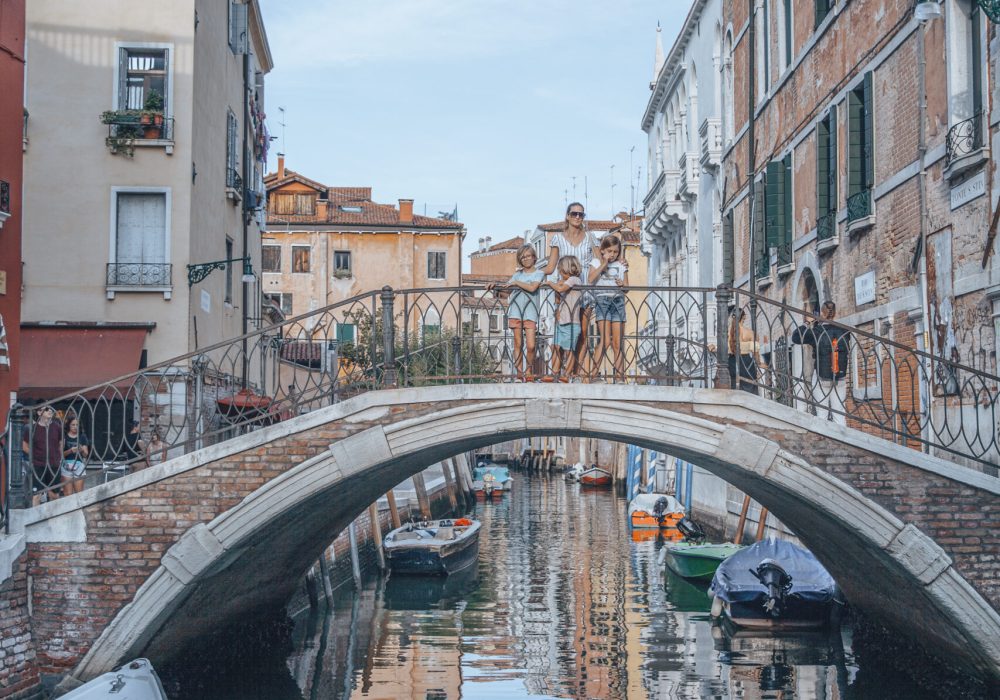
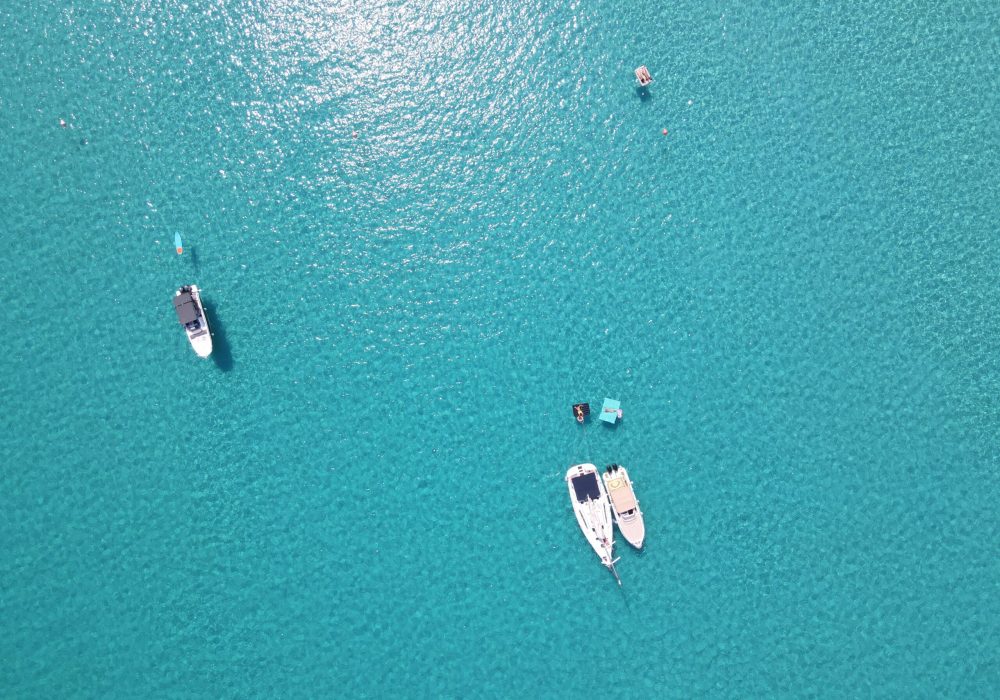


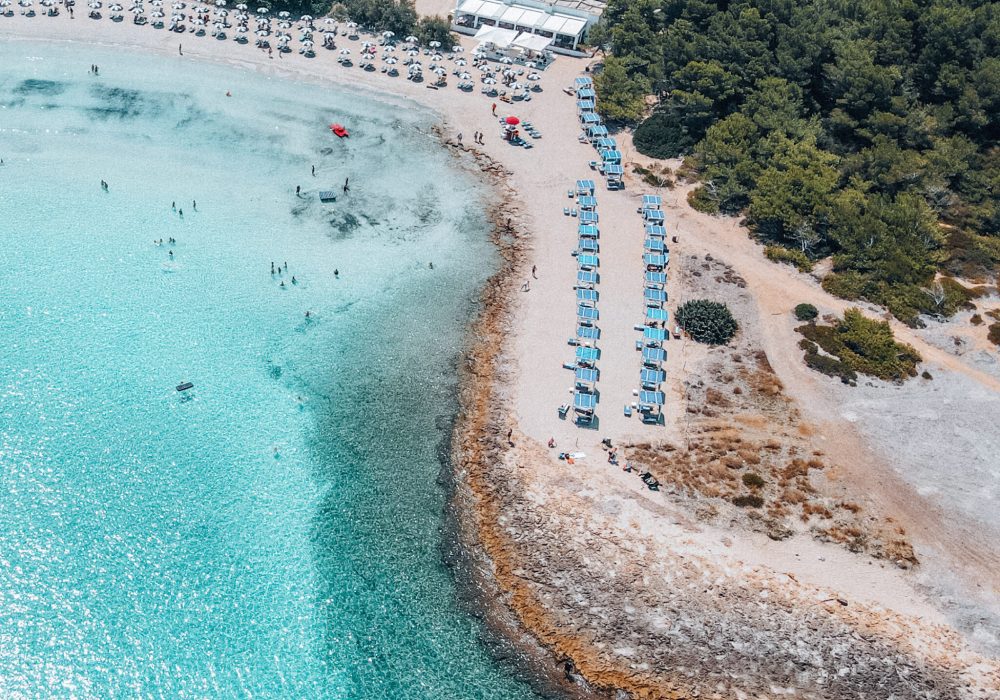
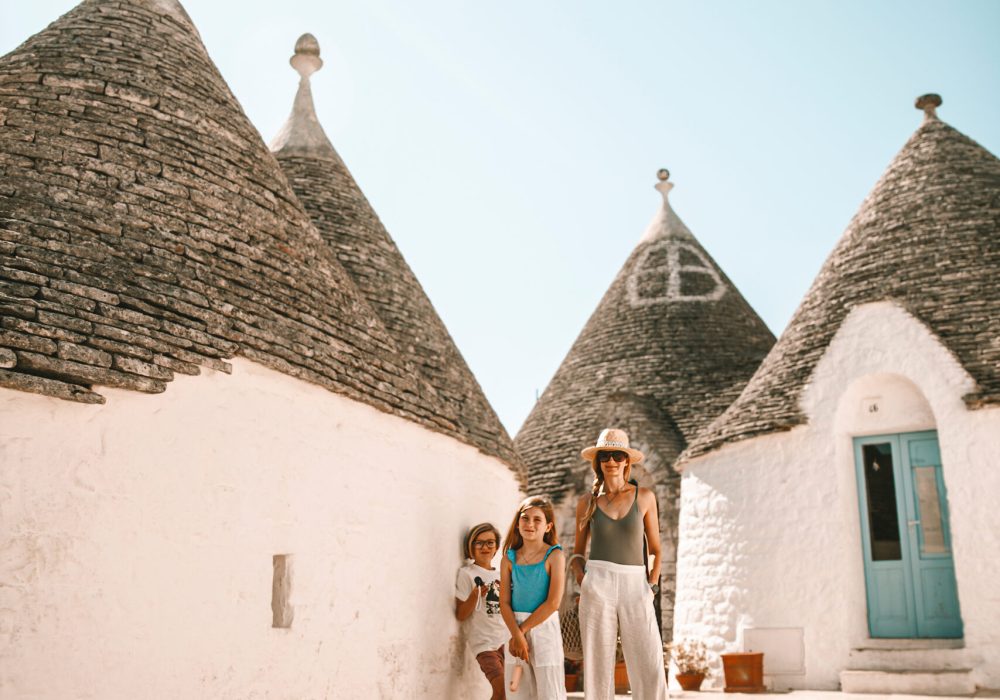

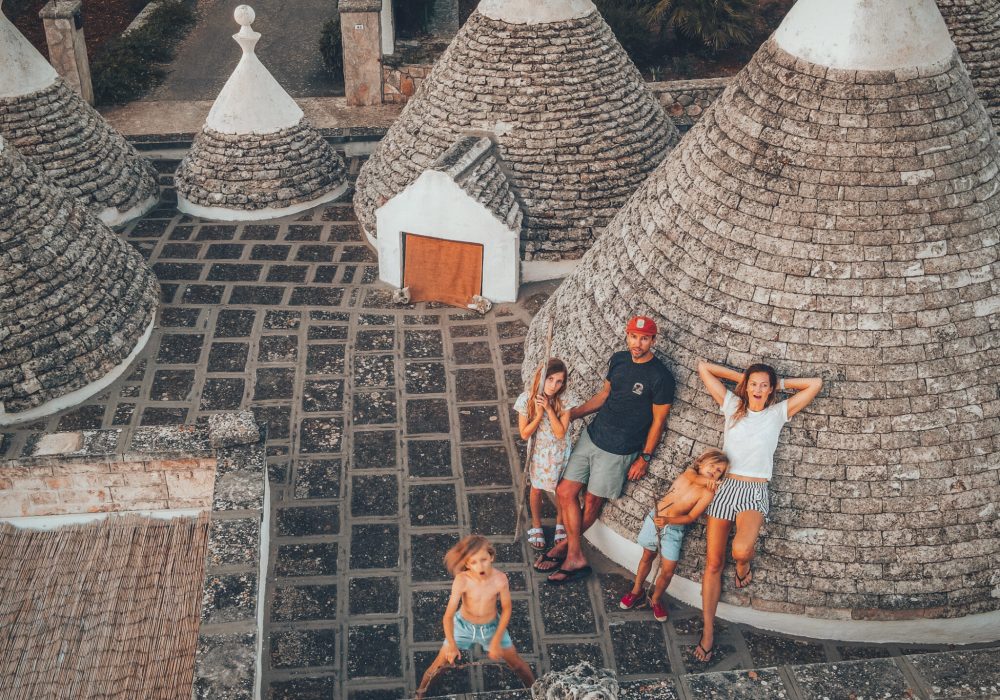
Best time to visit Italy:
April to June; Sept. to Oct.
New to Italy?
Start in Florence!
FAQ's
What are the Main Things to do with Kids in Italy?
Explore Ancient Rome:
- Visit the Colosseum and Roman Forum, bringing history to life for children.
- Climb the Palatine Hill and pretend to be Roman emperors overlooking their empire.
Discover Venice by Gondola:
- Take a magical gondola ride through the canals of Venice, capturing the imagination of little ones.
- Visit St. Mark’s Square and feed the pigeons for a memorable experience.
Experience Art in Florence:
- Marvel at the art in the Uffizi Gallery, including works by Botticelli and Michelangelo.
- Climb to the top of the Florence Cathedral’s dome for panoramic views.
Amusement Parks:
- Enjoy a day of family fun at Gardaland near Lake Garda or Rainbow MagicLand near Rome.
- Explore the rides, shows, and attractions suitable for various age groups.
Family-Friendly Beaches:
- Head to the beaches of the Amalfi Coast or Sicily for a relaxing family day by the sea.
- Build sandcastles, swim, and indulge in delicious Italian gelato.
Pizza-Making Classes:
- Engage in a pizza-making class, letting kids create their own delicious masterpieces.
- Learn about the art of pizza in Naples, where pizza originated.
Countryside Retreats:
- Stay in an agriturismo, where families can experience farm life and enjoy fresh, local produce.
- Engage in outdoor activities like hiking or horseback riding in the picturesque countryside.
Interactive Museums:
- Visit the Leonardo da Vinci Museum in Florence, with hands-on exhibits for curious minds.
- Explore the Explora Children’s Museum in Rome, designed for interactive learning.
Aquariums and Zoos:
- Discover marine life at the Genoa Aquarium, one of the largest in Europe.
- Visit the Bioparco in Rome or the Zoomarine near Rome for a day of animal encounters.
Cultural Festivals:
- Time your visit to coincide with local festivals, where children can experience traditional music, dance, and food.
- Participate in colorful events like Carnevale in Venice or the Palio horse race in Siena.
What is Florence Famous for?
Florence is renowned for its rich history in art, culture, and politics, particularly as the birthplace of the Renaissance. It’s famous for masterpieces of art and architecture, including Michelangelo’s David and Brunelleschi’s Dome in the Florence Cathedral.
Is Southern Italy Worth Visiting?
Yes, Southern Italy is definitely worth visiting. It offers a diverse range of experiences, from exploring ancient historical sites to relaxing on beautiful beaches. The region is known for its unique culture, delicious cuisine, and stunning landscapes.
Whether you’re interested in history, food, nature, or just soaking up the local atmosphere, Southern Italy has something to offer every type of traveler. Its blend of natural beauty, historical richness, and cultural vibrancy make it a compelling destination.
Is 2 days in Venice enough?
Two days in Venice can be enough to see the major sights, but it might feel rushed. Ideally, allow at least 3 days to fully experience the city’s charm, including lesser-known neighborhoods.
How do you Spend a Perfect Day in Florence?
A perfect day in Florence includes exploring iconic landmarks like the Duomo, Ponte Vecchio, and Uffizi Gallery, savoring local cuisine, and strolling through charming neighborhoods like the Oltrarno.
Do I Need a Visa?
Visa requirements may vary depending on your nationality and the purpose and duration of your visit to Italy. Citizens of some countries may not need a visa for short stays (usually up to 90 days within a 180-day period) for tourism, business, or family visits.
However, visa regulations can change, and it’s essential to check the most up-to-date information. You can contact the nearest Italian embassy or consulate or visit the official website of the Ministry of Foreign Affairs and International Cooperation of Italy to get the latest information on visa requirements.
It’s worth noting that there are different types of visas, including tourist visas, business visas, and others, so make sure to check the specific requirements based on your travel purpose. Additionally, if you plan to stay longer than the allowed period or for a different purpose, you may need to apply for a specific visa.
Always double-check with the official authorities or representatives of Italy to ensure you have the latest and most accurate information regarding visa requirements.
What Power Plug Type does Italy use?
Italy typically uses Type F electrical outlets. The standard voltage is 230V with a standard frequency of 50Hz. Type F outlets have two round pins and are compatible with devices that use Type C plugs. If your devices use a different type of plug, you may need a travel adapter to use them in Italy. It’s always a good idea to check the specific plug and voltage requirements for your electronic devices before traveling to ensure you have the right adapters or converters.
Is Italy Safe?
Italy is generally considered a safe destination for tourists, including Americans. In Italy, the emergency number equivalent to 911 in the United States is 112. This number can be dialed for police, medical emergencies, and the fire department. It’s a universal emergency number that can be dialed for assistance throughout the European Union. If you find yourself in need of emergency services while in Italy, dialing 112 is the appropriate course of action.

